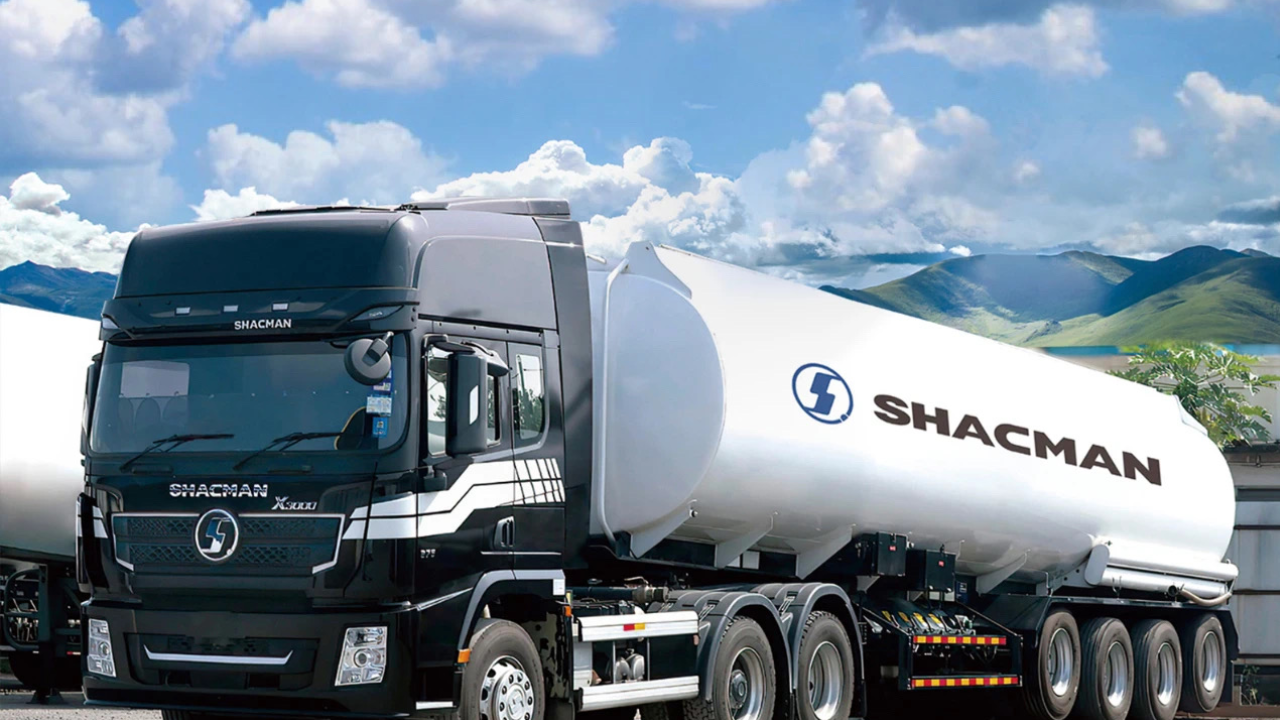The competitive Chinese truck market features two reputable brands: Shacman and HOWO. They are strong brands in international markets, known for their durability and reliability. Choosing between these two manufacturers depends on clients' preferences. In this article, we explore the offerings of Shacman VS HOWO closely because they are closely related to client expectations to help make sound purchasing decisions.
Brand Identity and Development Comparative Overview
Shacman & HOWO have differences, which are reflected in their brand identities. Both companies are government-owned enterprises, and they are placed in the heavy-duty truck segment. The other point to note is that they came from the same parent company and were split up into different brands, making them more competitive.
HOWO is self-reliant and develops technology from the ground up. This independence creates a reputation for innovation and engineering expertise. On the other hand, Shacman has protected its own strategic position through its affiliation with German manufacturer MAN since 2000. The cooperation is not only to improve Shacman’s R&D capability but also facilitate the integration of advanced technologies into Shacman’s vehicle.
Reliability is an important factor in client loyalty. Their extensive marketing campaigns have made HOWO known all over the world, and its presence in many markets is well known. Though less recognized, Shacman has made a solid name for itself, particularly in countries such as Russia and Algeria. The relationship with MAN makes Shacman's clients trusted, especially since the company works with MAN.
Power and performance preferences.
Clients prefer specific powertrain configurations. The Cummins engine is a big plus for Shacman's heavy-duty applications. Clients who care about power prefer Cummins engines due to their high performance and robustness. Shacman distinguishes itself from other in its ability to customize engines to meet specific needs.
Focused on developing engines that are reliable and efficient, HOWO has invested heavily in its powertrains. Recently, Weichai engines have been gaining attention from HOWO, which is enlarging its product range. This trend marks a growing trend in the market where clients look for innovative solutions to fit their needs. However, the lack of a Cummins option could limit HOWO’s appeal to those preferring established engine brands.
Analysis of the power and the performance of each brand can help determine how well they fit the various clients. For heavy-duty performance, clients may lean on Shacman due to its Cummins power option. HOWO’s proprietary engines, on the other hand, may appeal more to clients looking for innovation and self-reliance.
Regional demand and marketing impact
It is evident how successful HOWO is in the marketing aspect, as it has dominant marketing in various regions. The brands have successfully pushed forward with their aggressive marketing strategies, which have resulted in high market shares in many countries. The name HOWO is well known among clients for exactly this reason, and it affects their purchasing decisions. Their strong visibility among potential buyers makes the brand more reliable.
Shacman instead goes to a more specialized market guidance, aiming precisely on Russia, Algeria and portions of South America. Such focus helps Shacman develop relationships with clients who value performance and reliability more than brand recognition. Client geographical preferences play a very important role in the popularity of the brand as well as in the purchasing decisions. Shacman's tailored solutions in areas it excels and HOWO's presence, name and visibility in other regions in China are what often attract clients.
Supply Chain Integration and the Reliability
Client perception of both brands is closely tied to supply chain integration. Having run for 24 years, Shacman enjoys a mature supply chain. This brings consistency and quality of parts, which results in vehicle longevity. By reducing the repair frequency, Shacman is a preferred choice for many buyers with this integrated approach.
HOWO, on the other hand, focuses on specialized parts and separate manufacturing. This strategy gives more control over quality but can result in variability in part availability. However, in some cases, there are issues like sourcing on specific parts, especially in locations where HOWO does not have many established networks. For instance, it can affect vehicle uptime as well as overall satisfaction.
Both supply chain strategies impact client experience differently. HOWO’s emphasis on self-manufacturing may result in innovative solutions but create challenges regarding part availability, while Shacman’s integrated approach may provide a more reliable long-term option.
After-Sales Support and Service
Shacman and HOWO need service networks to support long-term customer satisfaction. Clients also seek out brands that have great after-sales services and parts that are easy to get. Shacman covers a total service network to respond quickly and have part availability. According to feedback from clients, Shacman gives support services with a good level of satisfaction.
HOWO’s after-sales services vary by region. A well-known brand for its marketing, but also this local partnership can impact the level of service given to clients. However, client satisfaction can be adversely affected due to delays in parts and service turnaround.
For those considering these brands, knowing about service and after-sales support is important. The ownership experience can be enhanced with reliable service, and Shacman comes across as an appealing option if service is the priority.
Conclusion
When considering choosing Shacman over HOWO, there are many factors to consider. Pivotal in the decision-making process are client preferences ranging from engine type, regional demand, supply chain reliability and after-sales support. The choice between these two brands would be a sensible one as both brands have their own set of reliable options but choose depending on specific client priorities. Clients can then choose between these two reputable names in the heavy-duty truck market by prioritizing needs according to location, intended usage and personal preferences for service and maintenance.


